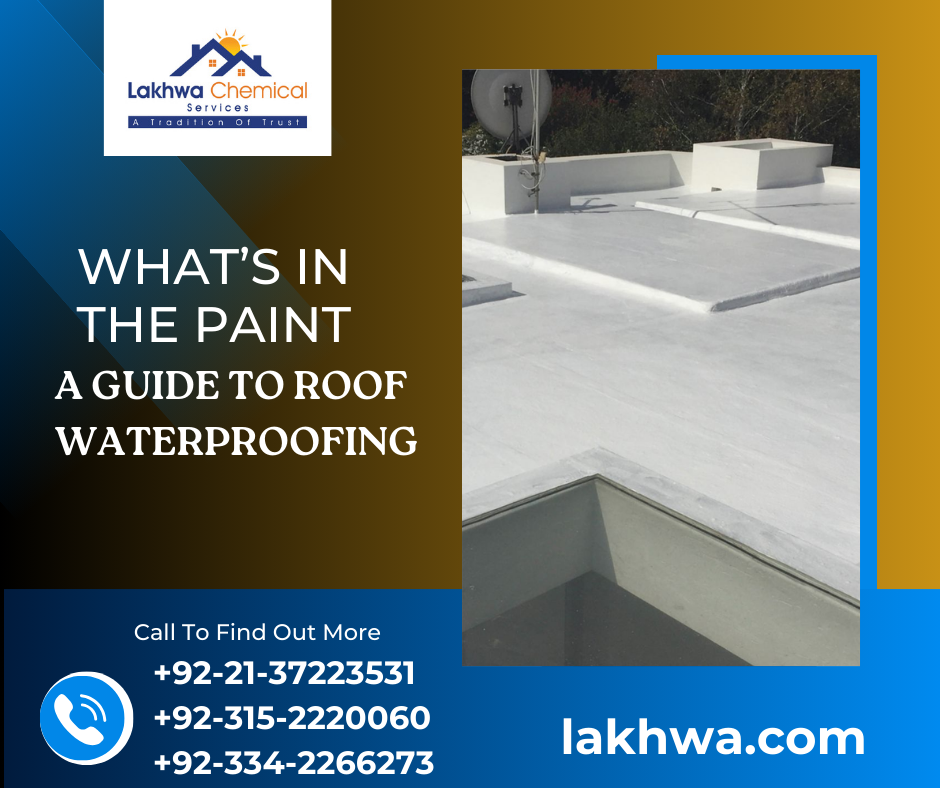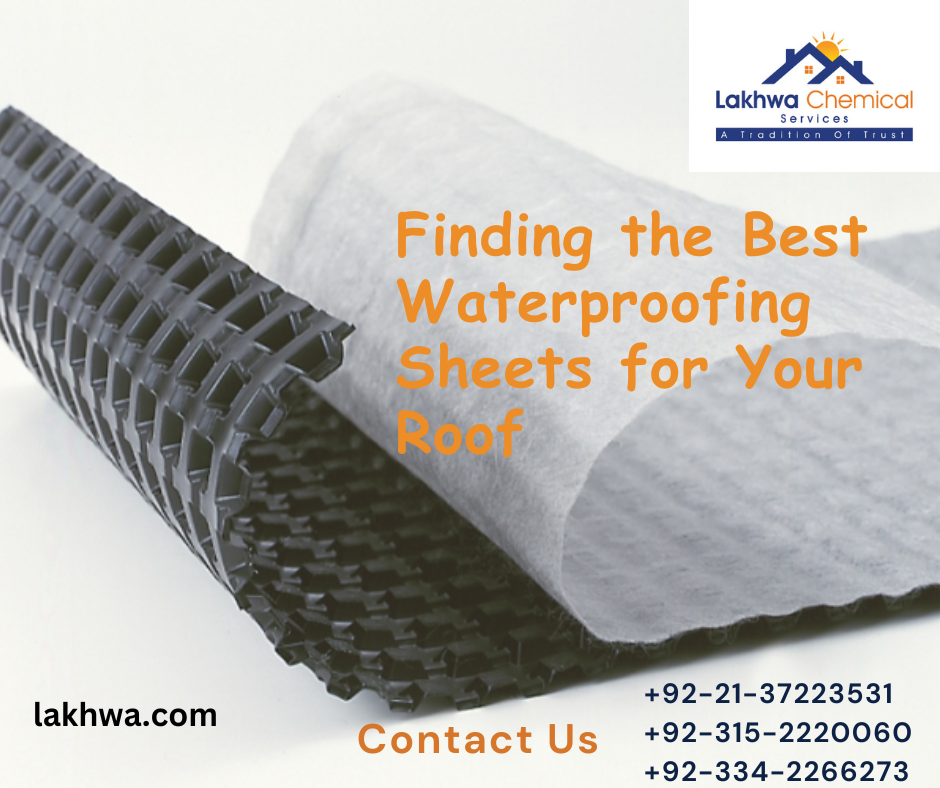Waterproofing a Reinforced Concrete (RCC) slab is a critical step in ensuring the longevity and structural integrity of buildings and infrastructure. RCC slabs are used in various construction projects, including residential, commercial, and industrial buildings. Without proper waterproofing, these slabs are susceptible to water damage, leading to structural issues, mold growth, and other issues.
Understanding the Need for Waterproofing
Before delving into the waterproofing methods, it’s essential to comprehend the necessity. RCC slabs allow water to penetrate over time because of its porous nature. The infiltration causes several issues, such as:
Structural Damage
Water can weaken the concrete and corrode the reinforcement, leading to cracks and reduced load-bearing capacity.
Mold and Mildew Growth
Excess moisture can create an environment conducive to the growth of mold and mildew, posing health risks and affecting indoor air quality.
Interior Damage
Water infiltration can damage interior finishes, such as ceilings, walls, and flooring, leading to costly repairs.
Reduced Thermal Insulation
Wet insulation materials lose their thermal resistance, increasing energy consumption for heating and cooling.
Aesthetic Concerns
Water stains and efflorescence can mar the appearance of the slab and the space it serves.
Waterproofing Techniques for RCC Slabs
Surface Waterproofing
-
Waterproof Coatings
Waterproof coatings are applied directly onto the surface of an RCC slab. These coatings can be solvent-based, cementitious, or acrylic. Proper surface preparation, including cleaning and repairing cracks, is essential for higher durability.
-
Bituminous Membranes
Bituminous membranes are made from asphalt-based materials. They are applied on multiple layers, with each layer being heated and merged to the previous one. Bituminous membranes are applied in areas where high water exposure is prevalent.
Integral Waterproofing
Integral waterproofing involves the addition of waterproofing admixtures directly to the concrete mix. These admixtures reduce the permeability of the concrete and form a barrier within the slab itself. This method is advantageous for several reasons, one of them being long-term protection.
Polyurethane and Epoxy Injections
Cracks formed in an RCC slab become pathways for water infiltration: Polyurethane and epoxy injection are used to seal these crevices. Specialized resins are injected into the cracks, where they expand and harden, forming a watertight seal.
Cementitious Waterproofing
Cementitious waterproofing is applied in multiple layers on the surface. A curing compound is used to enhance its performance. Cementitious waterproofing is used where flexibility is not a primary concern.
Sheet Membranes
Sheet membranes are pre-manufactured waterproofing membranes made of materials like PVC, TPO, or EPDM. They are applied to the surface of the RCC slab, providing a durable and flexible waterproofing solution. Sheet membranes are used in below-grade applications, roofs, walls, and more.
Steps to Waterproof an RCC Slab
Surface Preparation
Clean the surface of the slab to remove dirt, debris, or loose concrete. Repair any cracks, voids, or defects.
Priming
Apply a suitable primer to the surface. The primer improves adhesion between the surface and the waterproofing material.
Application
Apply the selected waterproofing material accordingly. Below are some of the processes:
- Brushing
- Rolling
- Spraying
- Troweling
Multiple Layers
For cementitious systems, apply multiple layers, ensuring each layer is allowed to cure properly before the next coat.
Sealing Joints and Cracks
Pay special attention to joints, seams, and cracks, sealing them with the appropriate materials. Injection techniques can also be used.
Protection and Drainage
After the waterproofing material has cured, consider adding protective layers like insulation, drainage mats, or protection boards.
Quality Control
Conduct quality control inspections to ensure the waterproofing system is applied correctly.
Conclusion
Waterproofing an RCC slab is an essential step in construction and maintenance to protect the structure from water damage and ensure its durability. Various techniques and materials are available to meet the specific needs of different applications. Proper surface preparation, material selection, and application are key factors in the success of a waterproofing project. Investing in high-quality waterproofing can save significant costs and headaches in the long run, as it helps preserve the integrity and longevity of the structure while maintaining a safe and dry environment.
Connect with Waterproofing.pk for waterproofing RCC slabs!







